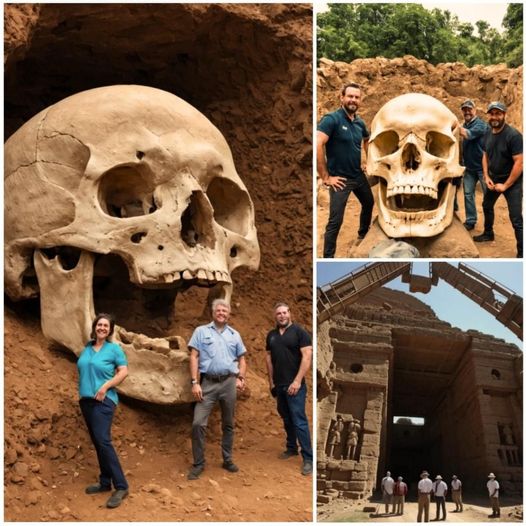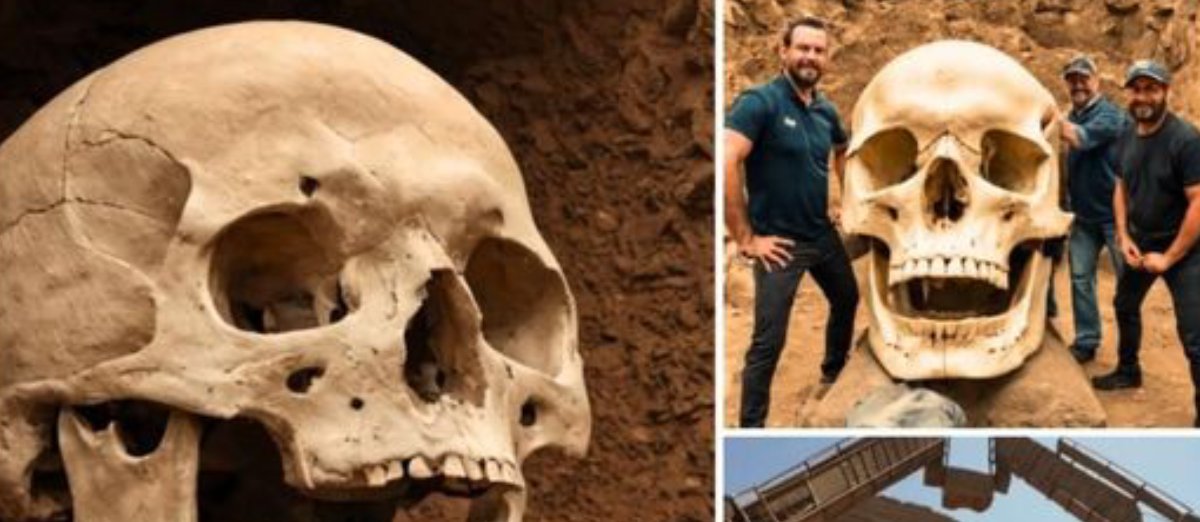Peru, a land steeped in rich history and vibrant culture, has long been a treasure trove for archaeologists and history enthusiasts. The discovery of a 1,000-year-old mummy near Lima adds yet another fascinating chapter to Peru’s ancient wonders. This recent finding sheds new light on the pre-Columbian civilizations that once thrived in the region.

A Glimpse into the Past
The mummy, which dates back approximately a millennium, was unearthed in a burial site near the bustling city of Lima. Encased in layers of cloth and meticulously preserved, the mummy offers a rare glimpse into the funerary practices and daily lives of ancient Peruvians. The archaeological team, led by experts from the National University of San Marcos, meticulously excavated the site, ensuring that every artifact and fragment was carefully documented.
Cultural and Historical Significance
This discovery is not just about uncovering a well-preserved mummy; it is about understanding the intricate cultural and historical context in which these ancient people lived. The burial site, adorned with pottery, textiles, and other artifacts, suggests that the mummy belonged to a person of high status. These items provide invaluable insights into the social hierarchy, religious beliefs, and artistic expressions of the time.
The state of preservation of the mummy is remarkable, considering it has been buried for over a thousand years. The dry, arid conditions of the coastal desert around Lima likely contributed to this exceptional preservation. Scientists are utilizing advanced techniques such as radiocarbon dating and DNA analysis to learn more about the mummy’s age, health, diet, and even possible causes of death. These scientific methods allow researchers to piece together a comprehensive picture of life during that era.
